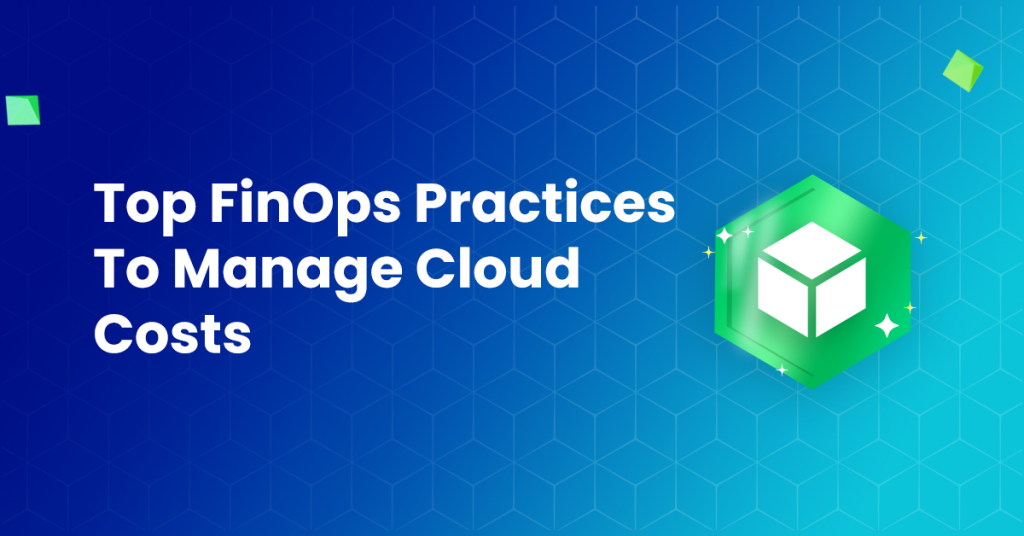
Are you tired of overspending on cloud services? Do you want to learn how to optimize your FinOps costs and save money? Look no further! In this article, we’ll explore the ins and outs of FinOps cost optimization, and provide you with tips and tricks to help you cut down on your cloud expenses.
What is FinOps?
FinOps (short for Financial Operations) is a practice that combines finance, technology, and business to manage cloud costs effectively. It involves a collaborative approach between finance, operations, and development teams to optimize cloud spending and reduce waste.
Why is FinOps Cost Optimization Important?
Cloud services are becoming increasingly popular due to their scalability and flexibility. However, they can also be costly if not managed properly. FinOps cost optimization is essential for businesses to avoid overspending on cloud services and maximize their return on investment.
How to Optimize Your FinOps Costs?

There are several ways to optimize your FinOps costs, including:
1. Analyze Your Cloud Usage
The first step in FinOps cost optimization is to analyze your cloud usage. This includes understanding how much you’re spending on each service, identifying any unused resources, and optimizing your usage to reduce waste.
2. Set Budget Limits
Setting budget limits is crucial in FinOps cost optimization. It helps you keep track of your spending and ensures that you don’t overspend on cloud services. By setting budget limits, you can also identify areas where you can cut costs and optimize your usage.
3. Use Reserved Instances
Reserved Instances are a great way to save money on cloud services. By committing to a one-year or three-year contract, you can save up to 75% on your cloud costs. This is a great option for businesses that use cloud services long-term and want to save money.
4. Use Spot Instances
Spot Instances are another great way to save money on cloud services. They allow you to bid on unused cloud resources, which can result in significant cost savings. However, it’s important to note that Spot Instances are not suitable for all workloads and may not be available at all times.
5. Use Cost Management Tools
Cost management tools such as AWS Cost Explorer and Azure Cost Management can help you monitor and optimize your cloud spending. These tools provide you with detailed usage reports and recommendations for cost optimization.
Conclusion
FinOps cost optimization is essential for businesses that want to maximize their return on investment and avoid overspending on cloud services. By analyzing your cloud usage, setting budget limits, using Reserved Instances and Spot Instances, and using cost management tools, you can significantly reduce your cloud expenses. So what are you waiting for? Start optimizing your FinOps costs today!
- Why Can’t I Make Create A New Folder on External Drive on Mac – Solved - April 28, 2024
- Tips on How to Become a DevOps Engineer - April 28, 2024
- Computer Programming Education Requirements – What You Need to Know - April 28, 2024

